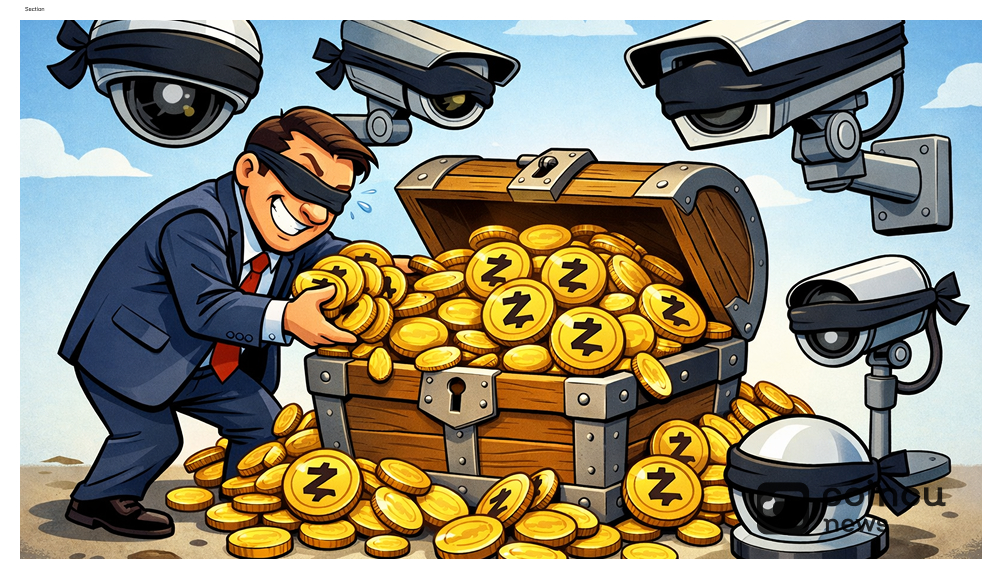In today’s digital landscape, decentralized applications (DApps) have emerged as a revolutionary concept powered by blockchain technology. These applications operate on a distributed network of computer nodes rather than relying on a single centralized server. This decentralized nature provides numerous benefits such as increased security, transparency, and resistance to censorship and corruption.
The inception of DApps became possible with the introduction of blockchain platforms that support smart contracts. One of the pioneering platforms in this field is Ethereum (ETH), which not only functions as a cryptocurrency but also incorporates the Ethereum Virtual Machine (EVM). The EVM can be likened to a distributed computer that runs on the Ethereum network.
Unlike traditional centralized applications, DApps on the Ethereum network are not controlled by a single entity. Instead, they run on the consensus-driven EVM, where the state of the application is determined collectively through a consensus algorithm. This ensures that no individual or organization can alter the data or manipulate the application’s behavior without consensus from the network participants.
The Ethereum Virtual Machine (EVM) is Turing-complete, which means it has the ability to perform any operation that a regular computer can. It is powered by its own programming language called Solidity, specifically designed for coding and running decentralized applications on the EVM. Solidity provides developers with the necessary tools and functionalities to build secure and robust DApps.
DApps offer the same level of service as traditional centralized applications while leveraging the benefits of decentralization. One of the key advantages is high uptime, as DApps operate on a distributed network where no single point of failure exists. This makes them highly resilient to attacks or disruptions, ensuring uninterrupted service to users.
Furthermore, DApps are resistant to censorship and corruption. Since they are not controlled by a central authority, they cannot be easily shut down or manipulated. This attribute is particularly significant in areas where freedom of expression and access to information are limited.
There is a growing number of successful DApps with significant market capitalization and active user bases. These applications span various industries and offer unique solutions to real-world problems. Let’s explore a few examples:
What is Augur (REP)?
Augur is a decentralized prediction market platform built on the Ethereum network. It enables users to create and participate in prediction markets, where they can bet on the outcome of events such as sports matches, political elections, or even the weather. Augur leverages the wisdom of the crowd to provide accurate predictions and insights, making it a popular choice among those interested in forecasting and speculation.
What is Golem (GNT)?
Golem is a decentralized marketplace for idle computer power. It allows users to rent out their unused computing resources, such as CPU or GPU power, in exchange for GNT tokens. These resources can then be utilized by others for computationally intensive tasks like rendering computer-generated graphics or running complex simulations. Golem provides an efficient and cost-effective way for individuals and businesses to access computing power on demand, without the need for centralized providers.
What is Basic Attention Token (BAT)?
Basic Attention Token is a blockchain-based platform designed to revolutionize digital advertising. It aims to address issues such as privacy violations, ad fraud, and the inequitable distribution of advertising revenue. BAT introduces a new advertising ecosystem where users can opt-in to view privacy-preserving ads and receive BAT tokens as rewards for their attention. This model benefits both users, who enjoy a more tailored and respectful ad experience, and publishers, who receive a fairer share of the advertising revenue.
Aside from Ethereum, there are other popular platforms that support the development and deployment of DApps, including Neo (NEO) and NEM (XEM). These platforms offer their own unique features and capabilities, providing developers with alternative options for building decentralized applications.
In conclusion, decentralized applications (DApps) are a game-changer in the digital landscape. By operating on a distributed network powered by blockchain technology, they offer increased security, transparency, and resistance to censorship. DApps like Augur, Golem, and Basic Attention Token are just a few examples of the diverse and innovative solutions that can be built on this decentralized infrastructure. As the world continues to embrace blockchain technology, the potential for DApps to transform various industries is vast and exciting.














